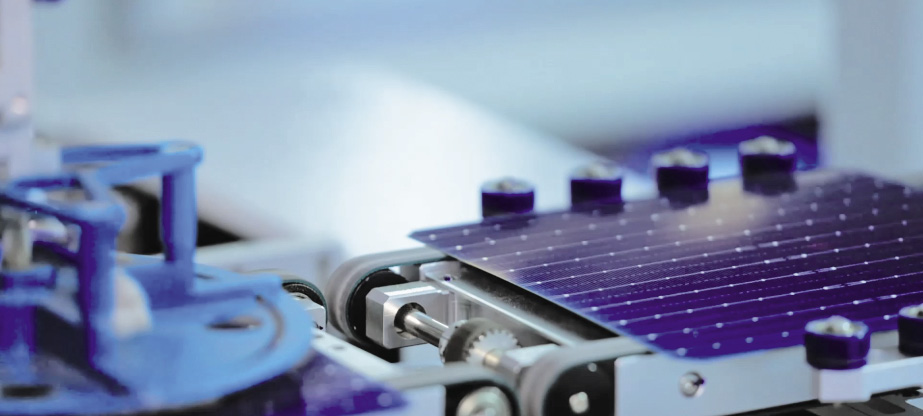This year, the silicon PV manufacturing industry has begun to shift toward n-type technologies, largely due to their potential for higher performance compared to today’s mainstream p-type PERC cells. A few different n-type technologies exist, but manufacturers already operating large capacities for older technology widely consider TOPCon the best option, as it allows them to upgrade existing production lines, while other routes would require big investment in all new factory equipment.
These manufacturers will be keen to look at ways to keep improving the performance of their TOPCon cells, and as both researchers and industry gain more experience with this technology, new pathways will likely emerge for tweaks to the cell design and processing that can push for higher efficiencies. Scientists in South Korea provided one example of this with a recent investigation into thermal annealing processes and their impact on the quality of the cell passivation layers.
The group, led by the Korea Institute of Energy Research, Daejeon, fabricated TOPCon cells in two groups with different barrier layer thicknesses, and subjected these to thermal annealing for 30 minutes at a range of temperatures between 750 C and 1,000 C. They then measured various electrical and optical characteristics of the cells to draw conclusions on the various processes.
They described these measurements in “Thermal annealing effects on tunnel oxide passivated hole contacts for high-efficiency crystalline silicon solar cells,” which was recently published in Scientific Reports. They found that the thicker barrier provided better passivation quality, and that diffusion of the boron dopant in the silicon during the thermal annealing posed the biggest threats to passivation quality and therefore cell performance – which help future research know where to focus.
“Our studies reveal that the structural stability of the tunnel oxide and the p–n junction formed across the tunnel oxide are essential to improve the passivation properties,” the group explained. “These findings offer useful information to understand the formation mechanism of hole-selective contacts under thermal annealing and may have potential implications in the designing of crystalline silicon solar cells with high-conversion efficiency.”
This content is protected by copyright and may not be reused. If you want to cooperate with us and would like to reuse some of our content, please contact: editors@pv-magazine.com.




By submitting this form you agree to pv magazine using your data for the purposes of publishing your comment.
Your personal data will only be disclosed or otherwise transmitted to third parties for the purposes of spam filtering or if this is necessary for technical maintenance of the website. Any other transfer to third parties will not take place unless this is justified on the basis of applicable data protection regulations or if pv magazine is legally obliged to do so.
You may revoke this consent at any time with effect for the future, in which case your personal data will be deleted immediately. Otherwise, your data will be deleted if pv magazine has processed your request or the purpose of data storage is fulfilled.
Further information on data privacy can be found in our Data Protection Policy.